Nikon Z50 vs Sony a6400 Comparison
Nikon Z50
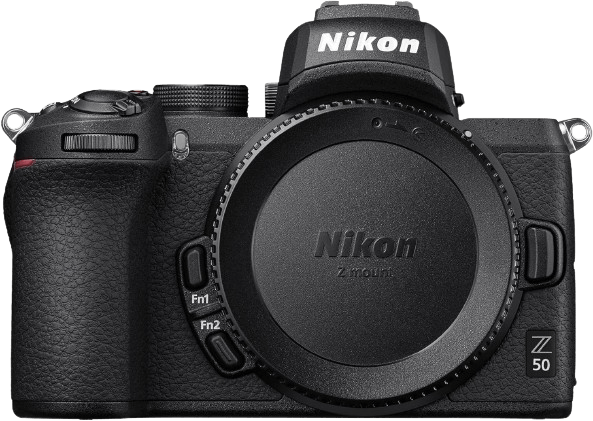
Sony a6400
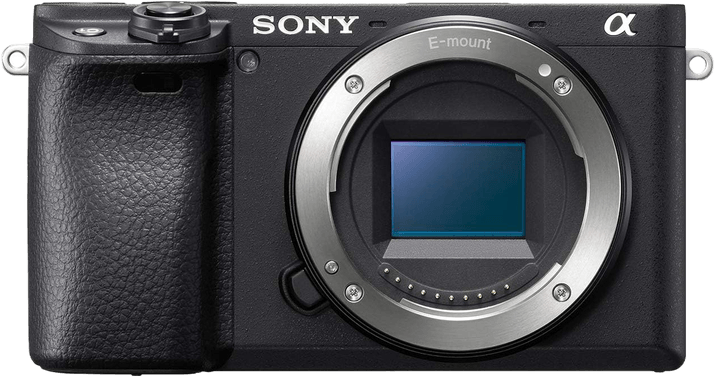
Nikon Z50 vs Sony a6400 Overview
Today’s head-to-head is the Nikon Z50 vs Sony a6400. They’re two mid-range mirrorless cameras. They were both released in 2019. And they remain popular cameras with photographers and video makers to this day.
Sony is the master of mirrorless. And Nikon has decades of camera experience. But which model comes out on top in the Nikon Z50 vs Sony a6400 battle? The overall score is about equal. But each camera has its own specialist areas (like Nikon vs Sony mirrorless cameras in general!). We’ll take you through the talking points in this article.
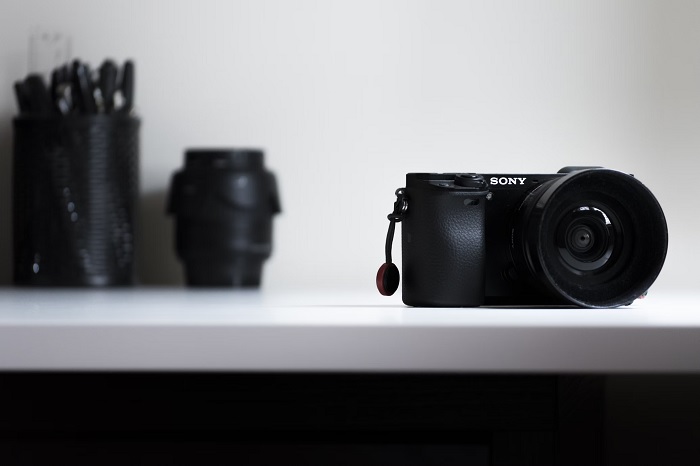
Body and Handling
Mirrorless cameras with an APS-C sensor often make compact models. And that’s true of both these cameras. They’re a handy size and lightweight cameras, making them easy to transport.
The Nikon DSLR range has a reputation for excellent ergonomic design. And Nikon has continued that tradition in their mirrorless range. The Nikon Z50 doesn’t have the satisfying heft of its DSLR cameras. But it’s a comfortable fit for the average size hand. People with larger hands might find it fiddly.
The same goes for the Sony Alpha 6400. It’s a comfortable fit for average hands but the body can feel delicate in larger hands.
Both cameras are lightweight. But the Nikon Z50 is slightly heavier than the Sony Alpha. The Nikon weighs 0.99 lb (450 g), and the Sony a6400 comes in at 0.89 lb (403 g). That’s only a difference of 0.10 lb (47 g), so there’s not much in it. You’ll be able to shoot with both cameras for longer periods without feeling any fatigue.
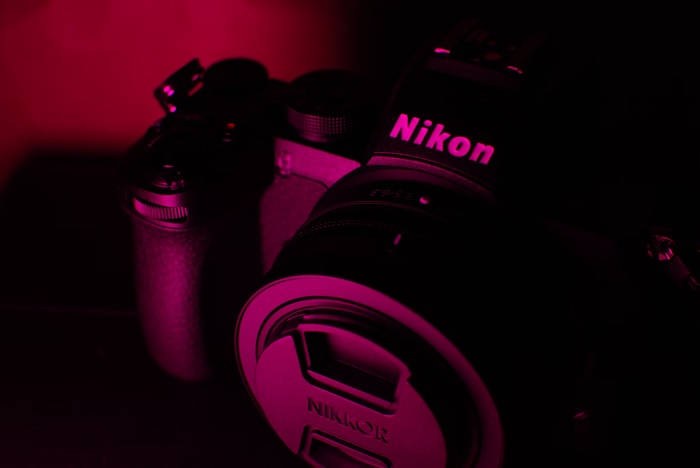
Nikon Z50 vs Sony a6400 Optics
Sensor Size and Performance
The Nikon Z50 and the Sony a6400 both have an APS-C sensor. The sensor size is identical, but the Sony a6400 beats the Z50 in most optical metrics.
The Nikon Z50 has a sensor resolution of 21 MP. That’s not bad for an APS-C sensor, so you can expect excellent image quality. But the Sony a6400 beats it with a megapixel count of 24.2.
The higher MP count of the sensor also gives you a higher resolution for images. The Nikon Z50 has an image resolution of 5568 x 3712 px. But the a6400 trumps it with a 6000 x 4000 px resolution. That’s a significant discrepancy. And you will notice the difference in the final images, especially if you enlarge them.
This also gives the Sony Alpha a wide dynamic range. The extra pixels bring out the details in darker and lighter areas. The Sony a6400 has an excellent dynamic range for the sensor size category.
ISO and Low-Light Performance
Both cameras have a minimum ISO setting of 100. That’ll give you wonderful detail and quality. And you can’t complain about a 100 ISO at this level of camera.
The Sony a6400 beats the Nikon Z50 for low-light sensitivity. It has a wider ISO range, maxing out at 102,400. That gives you plenty of room to play with when you’re low on natural light.
The Nikon Z50 doesn’t have a bad ISO range. 100 to 51,200 ISO still gives you plenty to work with in low light. But the Sony Alpha has that extra bit of wiggle room for night shooters.
The Sony a6400 also produces better quality images at higher ISO settings. It’s a result of the higher resolution and MP count. The a6400’s sensor can extract more information from the scene, meaning you’ll experience less digital noise. That’s good news for low-light photographers.
Image Stabilization
This is an area where both cameras start to show their age. Image stabilization is something we’ve come to expect from modern cameras. But neither of these models has a stabilization system. That’s disappointing, but it doesn’t help us find a winner in the Nikon Z50 vs Sony a6400 debate.
Compatible Lenses
Nikon and Sony are both fabulous lens manufacturers. The optical quality is never in doubt when you see their logos on a lens. But the Sony a6400 steals this one due to the range of lenses available.
The Sony a6400 is compatible with all Sony E-mount lenses. That’s one of Sony’s most varied and extensive series of lenses. The Nikon Z50 uses Nikon Z-mount lenses. The quality isn’t in question. But the Z series doesn’t have the incredible selection of Nikon F-mount lenses. Nikon is putting energy into the Z-mount series. And we’re happy to see it growing all the time. But it’s still a bit behind the Sony E-mount collection.
Nikon Z50 vs Sony a6400 Video Performance
It’s a close call when we look at the video stats for the Nikon Z50 and Sony a6400. At first, it might look like they’re hitting the same levels. But there are a couple of differences that put one above the other.
Video Quality and Frame Rates
The Sony a6400 and Nikon Z50 both give you 4K video quality. And we see the same maximum video dimension of 3840 x 2160 px. You won’t have any complaints when you play back the footage from either camera.
The Nikon gives you more frame rate options when shooting 4K. It has 30, 25, and 24 fps settings. The Sony Alpha has 30 and 24 fps in 4K.
Both cameras give you excellent slow-motion videos. You need to drop the quality down to Full HD (1080p). But both cameras give you 60 and 120 fps frame rates for slow-motion videos.
Audio Recording
The Nikon Z50 and Sony a6400 are good hybrid cameras. And the audio recording abilities add to their value as video cameras. They both have stereo microphones built in. And they both have ports for external microphones for more professional audio recording. They both score high in this section.
Nikon Z50 vs Sony a6400 Features and Benefits
The Nikon Z50 and Sony a6400 have excellent features. They add value and give the cameras more appeal in a competitive camera market. But we need to compare their features to see which camera is right for which photographer.
Flash
Both cameras have a built-in flash, which is good for casual photography. But they also have hot shoe connectors for more professional flash setups. That’s a positive for the Z50 and a6400.
Electronic Viewfinder
Mirrorless cameras have electronic viewfinders. And these cameras both underachieve in this department. They have similar EVF resolutions. But we’re disappointed by the quality of both.
The Nikon Z50 beats the Sony Alpha on electronic viewfinder resolution. It has 2.36 million dots compared to the Alpha’s 2.35 million dots. It’s close, but the Z50 takes it.
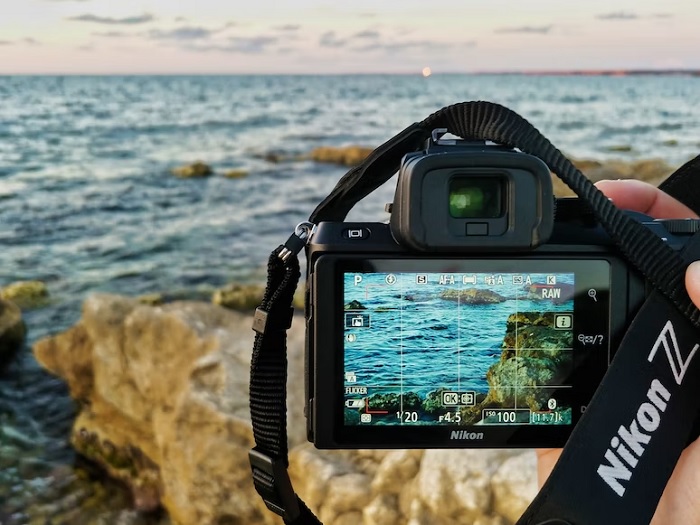
LCD Screen
The Sony a6400 and Nikon Z50 are equipped with LCD touchscreens. And both screens can be flipped and rotated for better shooting angles. You can turn the screen 180 degrees for a front view on both cameras. That’s perfect selfies, vlogs, and streaming.
The Nikon Z50 wins for screen resolution. The Z50 LCD screen has a resolution of 1.04 million dots. And the Sony Alpha only has a 921k dot screen resolution. It’s not a huge difference. But the Nikon does give you more accuracy in live view.
Autofocus
The Sony a6400 is the clear winner for autofocus. It not only beats the Nikon Z50, but it also beats most other cameras in this division. And it still holds up against more modern cameras.
It has a hybrid AF system, using phase and contrast detection. It has 425 focus points giving you nearly full frame coverage. It’s fast and accurate. And it has excellent subject tracking. It includes face and eye detection.
The Nikon Z50 also uses phase and contrast detection. But this system only has 209 focus points. You also get face detection and tracking. That’s a strong showing for a camera at this level. But it doesn’t look strong compared to the Sony a6400 AF system.
Wireless Connectivity
The Sony a6400 and Nikon Z50 have wireless connections. You can use Bluetooth and Wi-Fi connections to transfer and share media with other devices. It’s a handy feature. And something we’ve come to expect from the most popular cameras.
Nikon Z50 vs Sony a6400 Storage and Battery
Storage
The Nikon Z50 and Sony a6400 score high for digital storage. They are compatible with SD, SDHC, and SDXC memory cards. And both cameras have dual memory card slots. Busy photographers will appreciate that feature.
Battery Life
Mirrorless cameras have a bad reputation in the battery life department. And neither the Z50 nor a6400 does much to remedy their image. When compared to each other, the Sony a6400 has a longer battery life. It’ll give you 410 shots compared to the Z50’s 320 shots.
Nikon Z50 vs Sony a6400 – Our Verdict
The Nikon Z50 and the Sony a6400 have an equal score on the Camera Reviews leader board. It was a close race all the way through. And now we have a tied game. But that’s not to say they’re identical cameras. Each has its strengths in different areas.
The Sony a6400 wins for image quality. The sensor has more power and better low-light performance. The autofocus is also superior to the Z50. But the Nikon Z50 isn’t far behind in any category. And it beats the a6400 in the video stats.
They are both excellent mirrorless cameras. They’re compact and powerful hybrid cameras. Their size and performance make either a fantastic choice for street photography. But they’re versatile machines with a broad scope of applications.
It’s a head-scratcher when it comes to picking the best camera. But there’s no wrong decision between the Nikon Z50 and Sony a6400.
Nikon Z50 vs Sony a6400 Alternatives
If you want to check out some more comparisons for inspiration, why not start with these:

